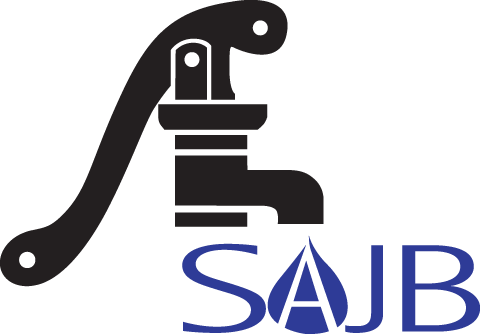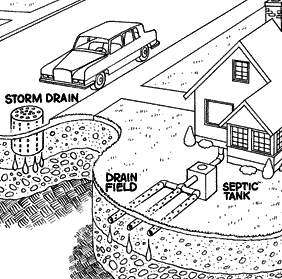Septic System Maintenance
The Washington State Department of Ecology provides the following septic system maintenance information. Here are things you can do.
- Get regular inspections and maintenance. Check with your county Environmental Health office for advice. You may be able to do this yourself. The current state Board of Health rule for on-site sewage systems requires a full evaluation every one to three years for a system consisting of a septic tank and a gravity drainfield. All other systems must have a yearly evaluation. You may not need to pump every time, but it’s good to budget as though you will.
- Choose a date or time of the year for inspection that’s easy to remember. Mark it on the calendar.
- Learn how to keep your system functioning —what you can and can’t flush or pour down the drain. No pet waste, medications, grease or toxic chemicals. If you have a garbage disposal, don’t use it or use it sparingly.
- Keep trees at least 30 feet from edge of drainfield to keep their roots from invading. And never drive over the system.
- Watch for cues that your tank is nearing capacity or your system is failing. Got odors? Get someone out to check it right away. Then fix it, if needed.
- Conserve water. Too much water can cause solids to escape your tank and plug your drainfield.
The Groundwater Foundation has resources for on-site wastewater treatment systems.
The US Environmental Protection Agency has septic tank and drain field management guidelines to help local governments and managers of small, privately owned wastewater treatment systems.

